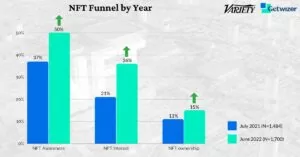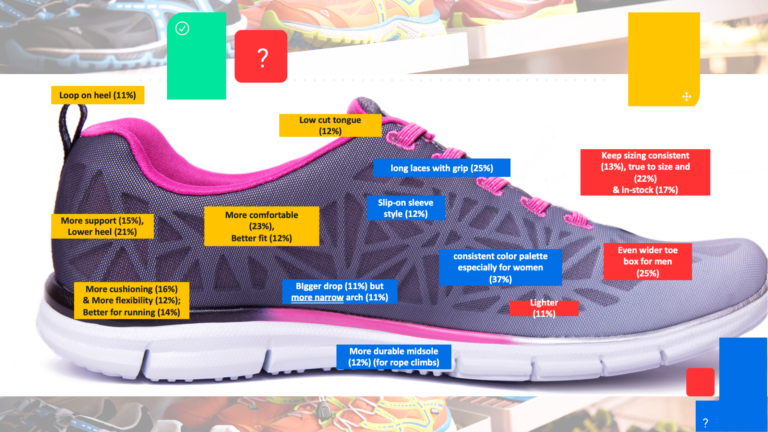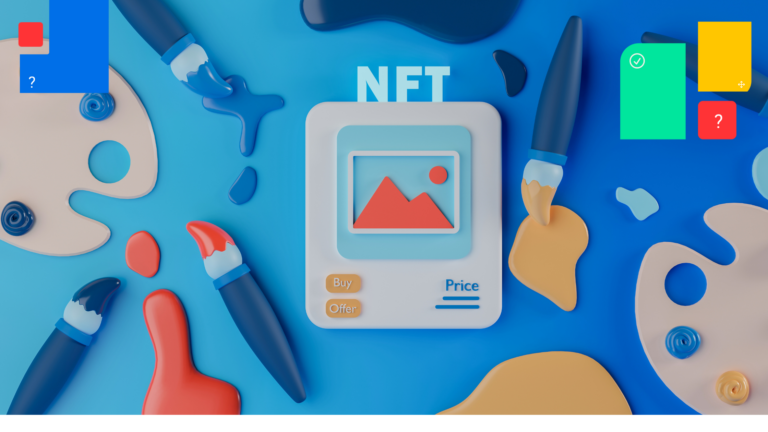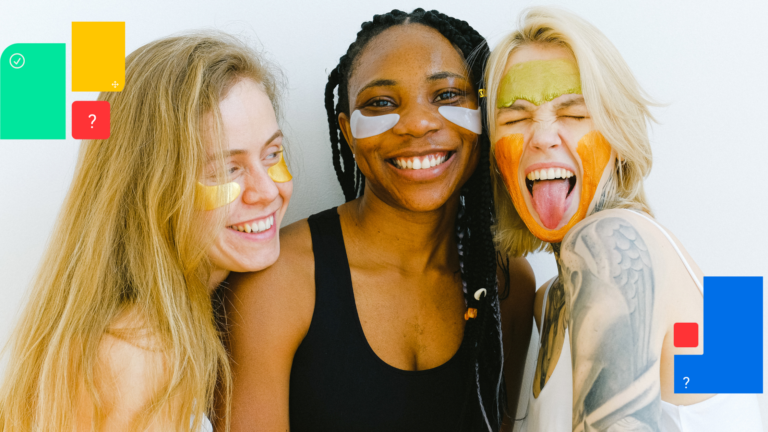
How Gen Alpha and Gen Z are changing the relationship between fashion brands, retail and our bodies
- April 19, 2022
- 5 min
Getwizer’s research highlights the unique needs of this new wave of evolving consumers
The fall from grace of Abercrombie & Fitch, captured in a new Netflix documentary, should act as a warning to brands who ignore the changing cultural tide of diversity and inclusivity. These changing social norms are already influencing the shopping experience of Gen Alpha and Gen Z, according to new research from Getwizer.
Unrealistic beauty and body standards have ruled the fashion and clothing industry for generations, but their dominance and influence is rapidly being undermined. A new generation of consumers is demanding diversity, where all kinds of different physiques, shapes and sizes are not only embraced and accepted, but celebrated.
The product lines of brands and retailers are under intense scrutiny, and their commitment to inclusivity is being constantly assessed. Those looking to tap into the spending power of Gen Z and Gen Alpha, are under increasing pressure to adapt to remain relevant. If they don’t, the consequences could be significant.
In the ‘90s and ‘00s, Abercrombie & Fitch was ‘the’ premier label among teens. Its brand was built around (what it saw as) ‘white, thin and attractive’ models — which became the focal point of its “all-American-youth” brand. This was no accident. The clothing giant deliberately turned its back on inclusivity. So much so, its former CEO Mike Jeffries famously said he did not want larger people shopping in his store, because the people wearing his clothing should feel like they’re one of the “cool kids”. During his reign, Abercrombie & Fitch did not carry women’s sizes above large.
LACK OF INCLUSIVITY IS DAMAGING
Intense criticism sparked a severe drop in sales that eventually saw Jeffries forced to retire in 2014, after a tide of cultural changes swept him aside. In his absence the brand managed to transform its tarnished image and embrace inclusivity, ultimately dragging it back from the brink of extinction. Its fall from grace is captured in a new Netflix documentary White Hot: The Rise and Fall of Abercrombie & Fitch, which should act as a warning for other brands who find themselves out of sync with the prevailing cultural mood.
Thankfully, brands today are more aware of the inclusivity standards demanded by consumers. Size-inclusive designers are currently shaking up the fashion industryand even the world of sports fashion has embraced change. However, finding sports clothing in bigger sizes still remains a challenge and, in general, there is still a lot of progress to be made to make shopping for new clothes the fun and confidence-boosting experience it should be for everyone. For brands and retailers who have not made the transition, the clock is ticking.

FRUSTRATING SIZING AND A LACK OF DIVERSITY
Gen Alpha, despite just turning 12, is already frustrated with size inconsistencies and the lack of diversity in clothing, according to exclusive Getwizer research. This often leaves them and their parents feeling isolated and upset when shopping for clothes. The problem, Getwizer’s study revealed, is that only 50% of parents believe their children fit “normal” sizing.

Children’s bodies are constantly morphing as they near and enter their teenage years, meaning the length of their limbs, height and body sizes can change frequently. It’s why most parents want their children to try on clothes first before buying them. They know they cannot trust the sizing of brands. The result is longer, more frustrating shopping trips that quickly become a dreaded chore for parents and an emotional nightmare for children.
THE URGENT NEED TO ADAPT
Diverse size ranges underline a brand’s commitment towards inclusivity and allows for customers of all sizes to freely style themselves without the restrictions and frustrations associated with traditional restrictive fashion sizes. Meanwhile, Gen Alpha, Gen Z and their parents are building negative associations with brands and retailers that insist on sizing that makes the shopping experience an emotional disaster.
Diversity and the need for inclusiveness is changing the relationship between fashion and our bodies. So whether it is gender identities or body type, businesses can no longer rely on the traditional retail assumptions. Parents feel this cultural change very strongly when shopping with their children. Their childrens’ values and the things they care deeply about are already influencing the purchasing decisions. Brands and retailers that understand this, will be able to forge strong relationships that will grow into the future as these children mature into consumers in their own right. Those that don’t should tune in to Netflix to see the impact that had on Abercrombie & Fitch.
To gain insights on How brands and retailers must adapt to attract Gen Alpha and Gen Z join GreenBook’s webinar on Thursday, April 28th 2022. Meghan Roach, President & CEO at Roots will be joined by Jennifer Allison, Head of Global Sales at Getwizer, to take a deep dive into compelling new Getwizer research. Register here.
Get started
You too can test anything, anytime, over and over again.
We'll be in touch soon. Privacy settings















